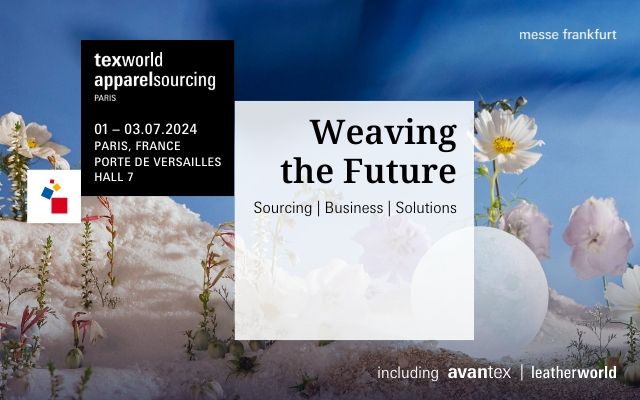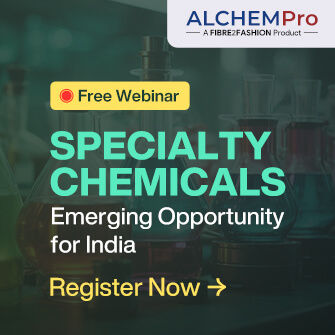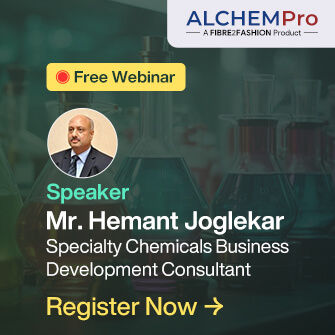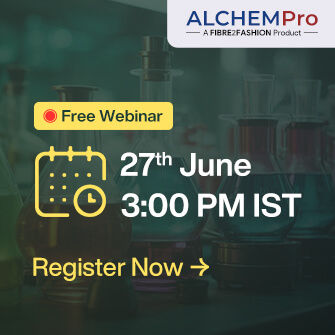Eco-friendly fabrics are popular, but not allare truly green
Big changes are afoot in textiles. In the faceof chemical-heavy production practices, along with runoff and air pollution,the textile trade is rapidly expanding its earth-friendly options.
According to a recent report, in the U.S., organic and eco-friendly textile sales have seen double-digit growth in the pastseveral years, and the industry projects further growth through 2010. Globally,sales are expected to expand from $1.1 billion in 2006 to $6.8 billion in 2010.
The rapid growth of organic textiles sales maybe due in part to the introduction of organic lines by popular retailers suchas Target, Ralph Lauren Home and Bed Bath & Beyond. By responding to consumerdemand for organics, these powerhouse players have helped increase attention,awareness and distribution of these products to the marketplace.
But where there's money to be made, clevermarketing and green washing can often confuse the issue.
Organic cotton
One of the fastest growing markets insustainable textiles is organic cotton. "Organics are grown withoutherbicides or pesticides and processed without bleach or chemical dyes,"said Rowena Finnegan, founder and owner of sustainable furniture company anddesign consultancy Eco-terric. "Conventional cotton farming uses 25percent of the pesticides used globally. Pesticides get into the groundwater,which isn't good for the planet or for the end user."
Demand from retailers and consumers, along withthe advent of organic lines among major manufacturers, has driven sales oforganic cotton over the past few years.
While the USDA does certify some organicallygrown cotton, it does not certify finished cotton products, so organic cottontextiles may be finished using harsh chemical dyes. Joanna Notkin, founder andhead designer of LoooLo Textiles, a sustainable textile and home decor companyin Toronto, said it's important to ask the right questions and to recognizethat there are many degrees of eco-friendliness. "There's a scale ofgreen," she said. "Some people might have pillows that are organiccotton but ink that's not."
Wool
Wool presents its own issues. It is usuallyproduced without injuring sheep, but the animals may graze in pesticide-riddenpastures, and the wool may be dyed with high-impact chemicals.
Jamie Bainbridge, director of materials researchfor Nau, an outdoor clothing company with environ mental ethics, said woolpresents some dilemmas. "It's challenging because you have to think aboutthe whole lifespan of the animal and who it's being raised by - there are a lotof issues to solve," she said.
Hemp
The hemp plant is naturally resistant to weeds,has a relatively short growing time and produces strong fibers for textiles.However, according to an article published by the Reason Foundation, a publicpolicy research and education organization, the process of turning hemp fibersinto fabric is more energy intensive than the process used for cotton.
It's difficult to fully estimate hemp'spotential because growing it is illegal in the United States - although relatedto the marijuana plant, industrial hemp is a different, non intoxicatingvariety - so selective breeding and high-tech fiber production has beenlimited. Hemp cultivation bans in the United States also mean that all hempproducts in this country were shipped from abroad. China is the world's greatestexporter of hemp textiles, but they are also produced in Canada and throughout Europe, So America, Asia and the Middle East.
These textiles are made from hand woven, hand-dyed silk and organic cotton. The demand for organic and ecofriendly textiles has gone up in recent years, and manufacturers have responded.
Recycled polyester
Made from recycled PET bottles (plastic water or soda bottles), recycled polyester diverts waste from landfills. Mechanically recycling polyester - chopping up water bottles, melting them down and extruding the product into yarn - is a relatively low-energy process. Chemically recycled polyester, on the other hand, requires the complex process of breaking down fibers and rebuilding them into a polymer.
Still, there are advantages to this, Bainbridge says. "With mechanical recycling, you can't take a piece of colored plastic and put it into the feed. You can only use clear water bottles and uncolored industrial waste," she said. "With chemical recycling, you can take a used garment, a water bottle and post industrial waste, throw them into the hopper and remake polyester out of it."
Recycled polyester comes with its own set of challenges. Like new polyester, it is often manufactured using antimony, a carcinogen that can end up in textile mill wastewater if the mill doesn't employ a closed-loop system.
But PET recycling also helps keep plastic bottles out of landfills and reduces the amount of petroleum that would be used to produce new polyester fibers. Outdoor clothing manufacturer Patagonia, which has offered recycled polyester fleece since 1993, estimates that its product had kept 86 million plastic bottles out of landfills by 2006, Additionally, the energy required to recycle PET into new polyester is far less than the energy required to create new polymers, and the process uses fewer land and water resources than organic cotton.
New technologies for cleaner manufacturing are being put to use, and these better polyesters can be recycled. In 2001, Victor In-novatex, a textile manufacturer based in Quebec, introduced Eco-Intelligent Polyester, which is produced and dyed with environmentally safe ingredients.
Bamboo
Bamboo fabrics have gained a lot of attention in recent years, and many manufacturers have added them to their lines. Bamboo fabrics are silky, naturally antimicrobial and antifungal. However, many question the environmental integrity of bamboo processing, as well as the possible exploitation of the agricultural product since demand has spiked.
Needing very little water and few pesticides, the bamboo plant is unquestionably green. It reaches maturity in two to five years, and bamboo forests help prevent soil erosion, improve soil quality and retain water in the watershed. Unfortunately, in some parts of Asia, growers are clear-cutting trees to grow bamboo on monoculture plantations, eliminating biodiversity.
Processing bamboo into fabric requires chemicals to break down the woody pulp into a material for spinning yarn. More traditional bamboo processing doesn't involve as many chemicals but requires more time, energy and water. Manufacturers are working to find more ecological ways of transforming the stalks into workable fibers.
Oeko-Tex provides certification for bamboo textiles that are free from harmful substances, and the Forest Stewardship Council certifies bamboo forestry practices, so better bamboo is in the future.
Soy
Soy in clothing isn't exactly new. Henry Ford first talked of it in the 1940s and was photographed wearing the first known soy suit and tie. Soy fibers largely disappeared though, until recent developments in China.
Now, soybean protein fiber is being marketed asvegetable cashmere" - a new eco-friendly luxury textile. Those who've tried it speak enthusiastically about soy's soft feel, lustre, combined with washability and durability.
Soy fiber also has the advantage of being a renewable natural resource and a by-product of food manufacturing. Some soy textiles have organic certification.
Soy costs approximately 30% more than organic cotton and hemp due to accessibility issues and the raw fiber material costs today. However it is higher end fabric, and many feel its softness and lustre are worth the extra cost.
In a process similar to recycled polyester manufacturing, soy textiles are created from tofu manufacturing waste, which is then liquefied and spun into yarn. Soy fibers are often more expensive than other eco-friendly options. (Tofu is a highly versatile and nutritious food that is made from soybean curds. Although the word "tofu" is Japanese, the food seems to have originated in ancient China, where the Mandarin term is "doufu.")
Soy fabric is a semi-green product. It uses food industry waste byproducts that would otherwise be thrown out. But soy farming has led to a number of environmental concerns. When soy is not organically grown, it's often heavily treated with pesticides or grown from genetically modified seed. It can be difficult to find out about working conditions where soy is grown and processed. Look for fabrics made from soy that have third-party certification.
Cellulose textiles
Textiles made from wood fibers, or cellulose, go by names such as rayon, acetate, viscose, Iyocell, Tencel and Legna. Various manufacturing processes are used to turn the wood pulp into textile fibers. Cellulose-type textiles are basically biodegradable, and many companies claim that the forests are sustainably managed, but few manufacturers have obtained third-party certifications through recognized agencies.
Originally published in New Cloth Market: March 2010













Comments